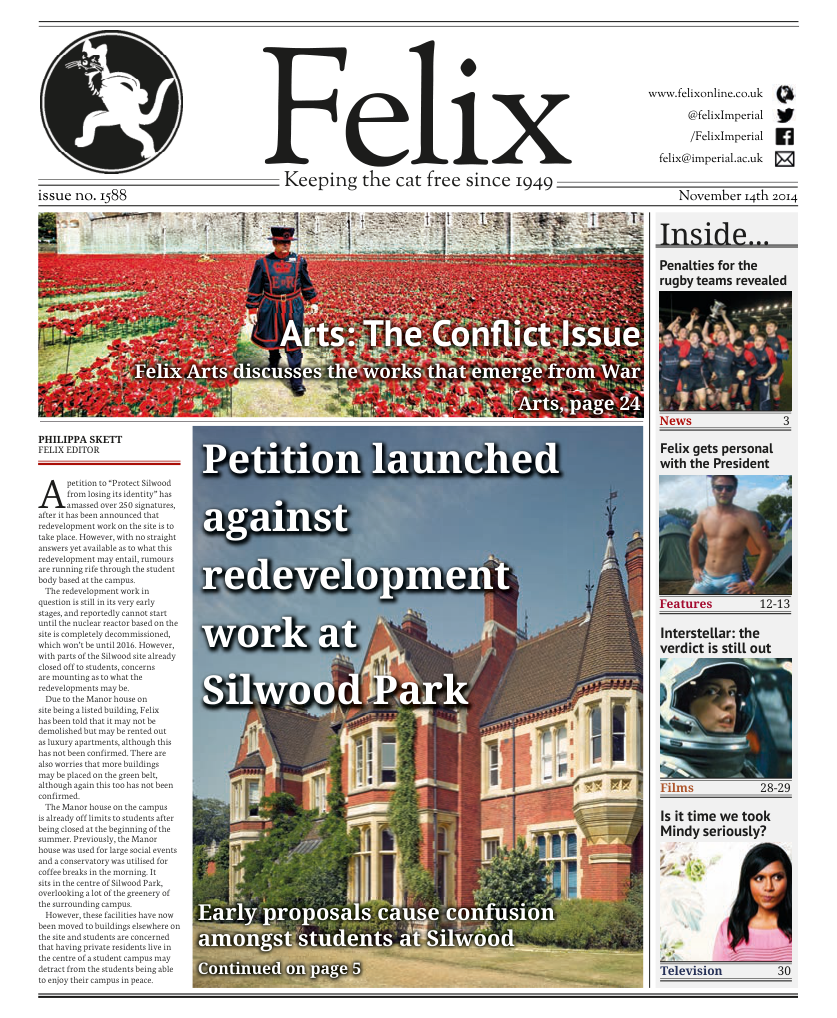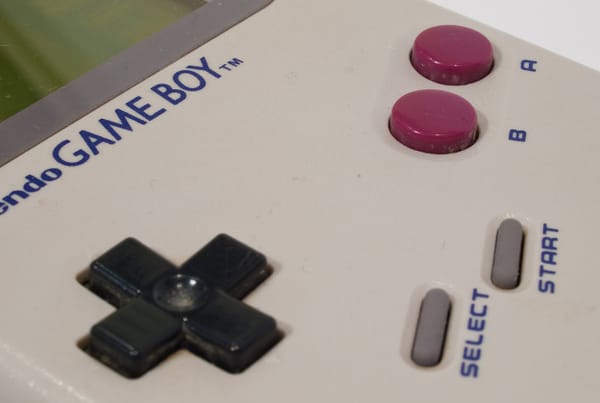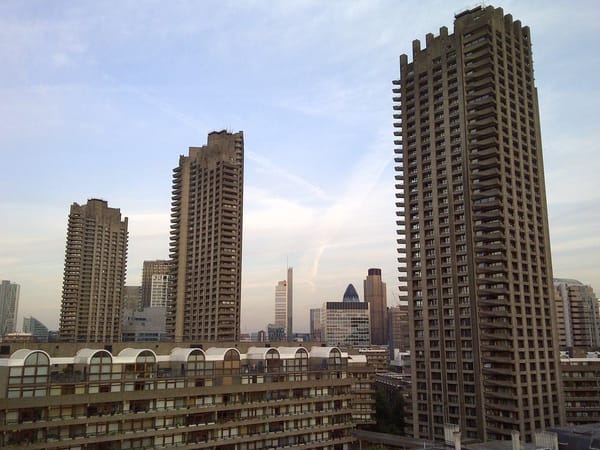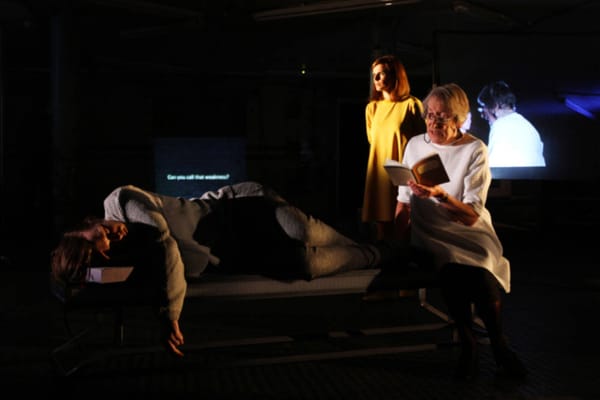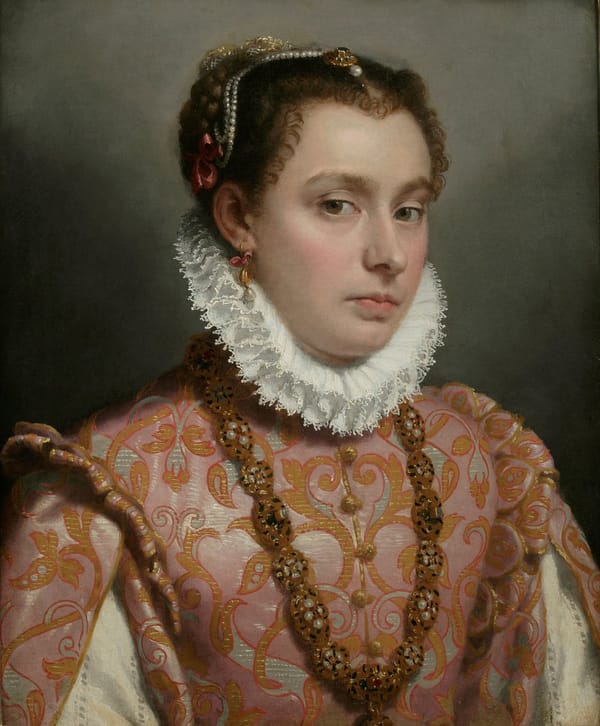The Ethics of War Photography
Fred Fyles explores the complex morals of photojournalism

On 11th June 1963, a Vietnamese Buddhist monk, Thích Quang Đúc, sat down at a busy intersection in Saigon, was covered in gasoline, and set himself alive. Protesting against the persecution of Buddhists by the South Vietnamese government, he burned for 10 minutes before collapsing backwards. The act was captured by Malcolm Wilde Browne, a 32 year old photographer, who was working for the Associated Press, and the rest, as they say, is history.
To this day, the photograph of ‘The Burning Monk’ is one of the most famous images of all time, and joins the litany of photographs of war that have shocked, stunned, and changed the world. But what of those behind the camera? What is their role in the conflict?
Susan Sontag, writing in her seminal volume On Photography, says “Photographs state the innocence, the vulnerability of lives heading toward their own destruction; this link haunts all photographs of people”. So when the war photographer takes an image are they doing anything different from other photographers? By showing us an image of a Viet Cong prisoner being executed, Eddie Adams is simply reminding us of the fragility of humanity, similar to what Walker Evans does with his documentation of American poverty. And yet, there is something fundamentally different about war photographs – becoming an observer, an act implicit in the field of photography, is one thing, but in these situations does the photographer act as a collaborator with the injustice they are documenting.
Judith Butler, legendary gender theorist, thinks that this is the case with modern war photography, particularly in the case of torture victims. Regarding the use of war images in the US, she writes:
“Currently, the state operates on the fields of perception and representability, in order to control effect, and in anticipation of the way that effect informs and galvanizes political opposition to the war.”
But this doesn’t take into account the role that photographs can play in disseminating information, such as Don McCullin’s work in the Vietnam War, which galvanised popular opinion against the government. Sure, images can be used by a government as a means of propaganda – see Leni Riefenstahl’s work which, despite its magnificence, is tainted by her associations with the Nazi Party – but they can also be used by individuals to bring inform and educate.
But what about the idea of intervention? In Kevin Carter’s Pulitzer Prize-winning photograph of a child starving in Sudan, a hooded vulture leers down over the child’s body, as if waiting for their eventual death. “Surely”, some may say, “Carter could have chased the bird away; he could have given the child food; he could have done something”. Ultimately, Carter did the only thing he knew to do; he took a photograph. To say that Carter was unfeeling, however, would be churlish – he committed suicide 3 months after winning the Pulitzer, leaving a note:
“I am haunted by the vivid memories of killings and corpses and anger and pain”.
Another issue is that of agency; to what extent do the subjects of a war photograph enter into the dialogue about what war is? It could be argued that when a photographer takes an image of their subject, they place them in the position of a victim, with or without their consent. The person in the photograph is destroyed, and all that remains is a symbol, a representation of warfare; it is, as Sontag said, like the photograph is “a sublimated murder – a soft murder”, and by performing these actions the photographer further oppresses those caught up in the living hell of warfare.
Maybe this argument makes too many presumptions; perhaps those featured in the photographs are more than willing to have their suffering recorded and documented. More likely all they want is to return to normality. Could it be that war photographers humanise their subjects? Simone Weil, the celebrated French philosopher, puts the matter as follows: “... to love one’s neighbour is a question of being able to ask simply: what is your torment?”. The war photographer poses this question to the subject, and then allows their voice to project around the world through an image.
“Such photographs”, says John Berger, “remind us shockingly of the lived reality behind the abstractions of political theory, casualty statistics or news bulletins”. They reveal to us the world as it really is, and ultimately this is the job of the war photographer.
They are not part of the political system; they are not there to fight, or campaign, or argue; they are simply there to record the truth, no matter how horrific it may be. Their photographs, as Berger says, “are printed on the black curtain which is drawn across what we choose to refuse to know.”


